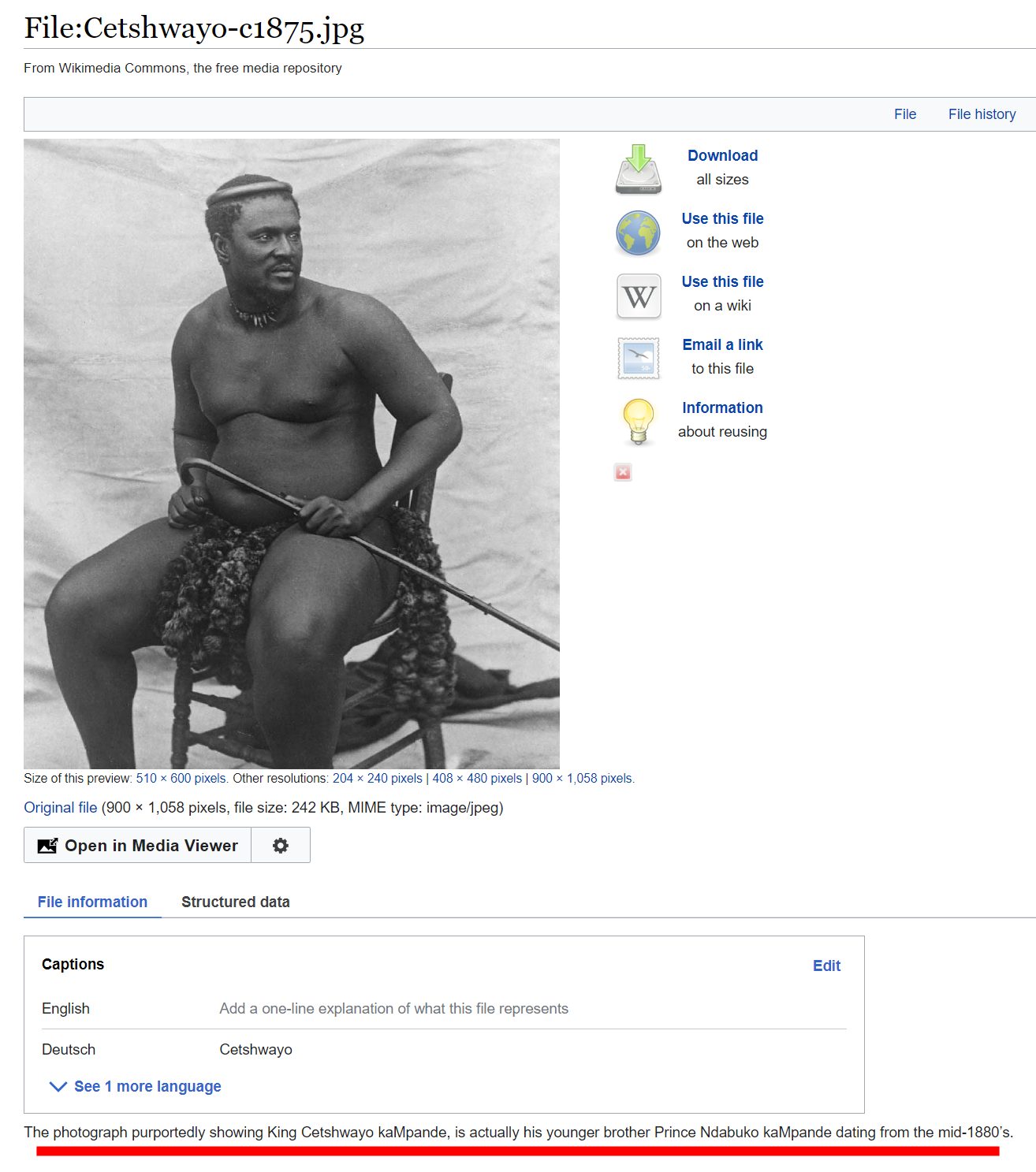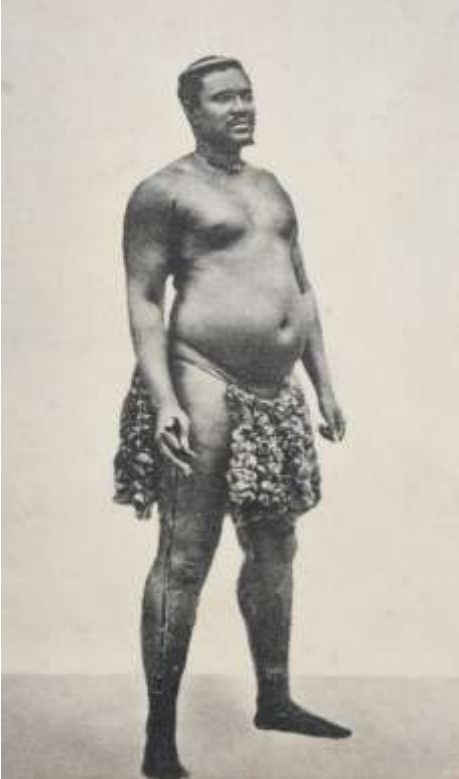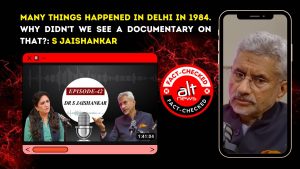An image purportedly showing a Mahar soldier who fought the Battle of Koregaon on January 1, 1818, is being circulated as a way of honouring the auspicious day. The image that is being circulated is labelled, ‘Rare photo of a Mahar soldier who showed his bravery in the battle of Bhima Koregaon, retrieved from the diary of Davy Jones, advisor to the then East India Company”. There are some other words imposed on the side of the image, which are, ‘Mahar Caste’, ‘Weight 285 kg’, ’11 feet height’, ‘7 kg sword’, and ‘Saved 8000 Peshwas alone’.
A Facebook user shared the image on a group called We Stand With Ravish Kumar. The post garnered almost 2,000 likes and over 300 shares.

Another Facebook page, भारतीय वाल्मीकि धर्म समाज – रजिस्टर्ड भावाधस भारत (Bharatiya Valmiki Dharma Samaj- Registered Bhavadhas Bharat) shared the image as well. The post garnered 5,500 likes and almost 300 shares.

Facebook page Guru Bani TV Live, too, shared the image and garnered 2,600 likes and almost 300 shares.

Facebook pages Ambedkar’s WORLD and भीम के लाडले also shared the image and garnered almost 1,000 likes each.
The image has also been shared by several users on Twitter.
Fact Check
On doing a reverse image search with the viral photo, we found the image on Alamy. According to the information available on Alamy, the man seen in the image is Prince Ndabuko kaMpande, younger brother of King Cetshwayo kaMpande, who was the king of the Zulu Kingdom from 1873 to 1879 and its leader during the Anglo-Zulu War of 1879.

The image is also available on Wikimedia Commons and is saved as File:Cetshwayo-c1875.jpg. However, a line at the bottom of the page reads, “The photograph purportedly showing King Cetshwayo kaMpande, is actually his younger brother Prince Ndabuko kaMpande dating from the mid-1880’s”.

Looking for further verification, we found a paper by historian Ian Knight who is internationally regarded as a leading authority on the nineteenth-century history of the Zulu kingdom, and in particular the Anglo-Zulu War of 1879. In the paper titled, ‘MISTAKEN IDENTITY. How King Cetshwayo Is Still Confused With His Brother Prince Ndabuko‘, Knight points out the differences between the attires of King Cetshwayo kaMpande and his brother Prince Ndabuko kaMpande. Knight has used several images of Cetshwayo and Ndabuko in his paper.

Although Cetshwayo and Ndabuko were both photographed in minimal traditional dresses, the costumes are not identical. In the photograph of King Cetshwayo (top left), the king is wearing a shawl. His leopard-skin bottom-wear, an ‘ibeshu’, an apron worn by men to cover their buttocks, is visible spread out behind him on the left of the image.
The photograph of Prince Ndabuko (top right) is often confused with that of Cetshwayo. The reader must note that Ndabuko is wearing a necklace which Cetshwayo is not. Ndabuko is also wearing a different loin-covering at the back. Note, too, the cane, which is not present in any of the confirmed portraits of Cetshwayo.
Below is an standing photograph of Prince Ndabuko from the same sitting. Here also, he is seen the same cane, necklace and loin-covering. This, too, has been often confused with Cetshwayo.

King Cetshwayo was ten years senior to Ndabuko – Cetshwayo was born around 1832 and Ndabuko about 1842 – but the two were close friends. Ndabuko formed part of the Royalist deputation which walked to Pietermaritzburg in May 1880 to demand the King’s release and was photographed with other prominent members of the party. He was later heavily involved in the Zulu Civil War and in the Dinuzulu Rebellion of 1888, where he was one of the ring-leaders, sentenced with Dinuzulu and Prince Shingana kaMpande to exile on St Helena, and lived into the twentieth century. He was photographed many more times during his life.
Hence an image of Zulu Prince Ndabuko from the mid-1800s is falsely viral with the claim that it is the image of a Mahar soldier who fought the Battle of Koregaon on January 1, 1818.
Independent journalism that speaks truth to power and is free of corporate and political control is possible only when people start contributing towards the same. Please consider donating towards this endeavour to fight fake news and misinformation.




